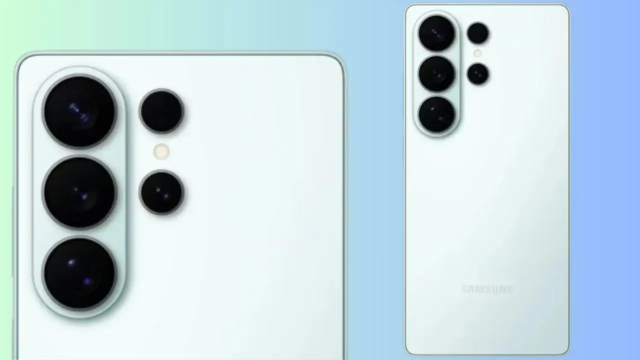Switch 2 pricing wasn’t influenced by U.S. tariffs, according to Nintendo President Shuntaro Furukawa. However, he acknowledged that the issue remains a concern the company will need to tackle soon. The clarification came during a financial Q&A where Furukawa addressed speculation surrounding the console’s upcoming launch and potential pricing shifts tied to international trade policies.
Switch 2 development didn’t factor in U.S. tariffs

During the Q&A, Furukawa stated clearly that U.S. tariffs weren’t part of the equation when determining the Switch 2’s price. At the time, Nintendo believed the impact would be limited. Still, with growing pressure on tech imports, especially those from China, the company is now reevaluating how tariffs could affect global distribution and retail pricing in the near future.
Nintendo says tariff impact is still looming
Although tariffs didn’t affect the Switch 2’s planned price, Furukawa admitted that they’re becoming harder to ignore. With the console’s release on the horizon, Nintendo must now assess how these trade rules could influence its business operations. As policy discussions continue, the company is monitoring developments closely to avoid potential disruptions or unexpected cost increases.
Switch 2 pricing strategy may shift post-launch
For now, Nintendo seems committed to maintaining its pricing plan. However, Furukawa’s comments suggest adjustments could follow after the console launches, depending on how tariffs evolve. If duties on electronics increase, Nintendo might have to change its pricing or consider relocating production—options that could affect availability and margins.
Balancing global logistics and player expectations
Switch 2’s release will be requiring careful navigation of international logistics. Nintendo faces the challenge of maintaining affordability while responding to shifting trade landscapes. Players hoping for competitive pricing might still get it at launch, but long-term affordability could depend on factors beyond the company’s control.














